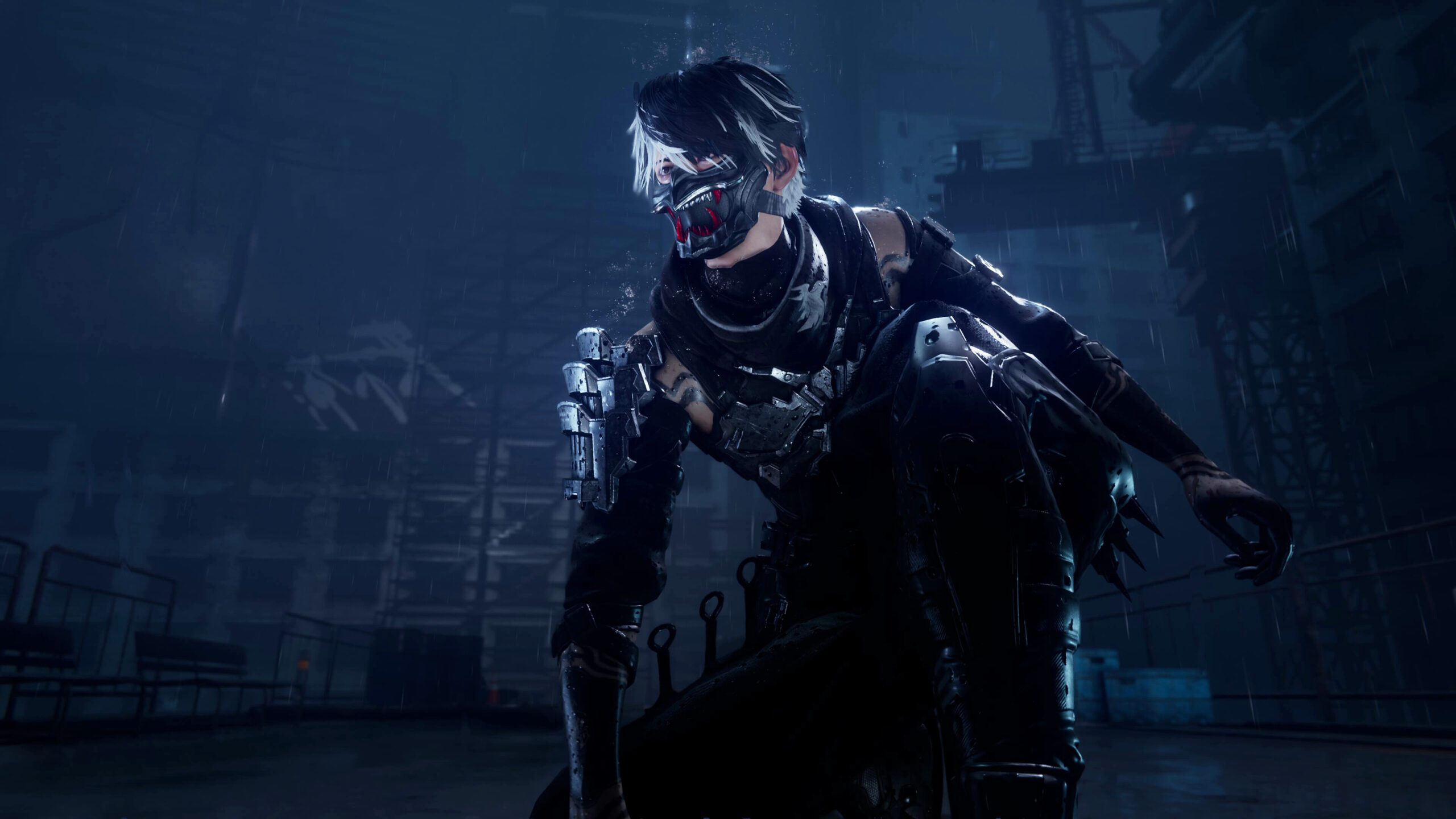
bryan cranston and sag-aftra say openai is OpenAI has taken significant steps to address concerns raised by actors and industry stakeholders regarding the use of deepfake technology in its AI-generated video platform, Sora 2.
bryan cranston and sag-aftra say openai is
Background on Sora 2 and Deepfake Technology
Deepfake technology, which utilizes artificial intelligence to create hyper-realistic videos by manipulating existing footage or generating entirely new content, has garnered both interest and apprehension across various sectors. The release of OpenAI’s Sora 2 last month marked a notable advancement in this field, enabling users to create videos featuring lifelike representations of individuals, including celebrities.
However, the rapid advancement of this technology has raised ethical and legal questions, particularly concerning consent and copyright. Actors, studios, agents, and the actors’ union SAG-AFTRA have voiced their concerns about the implications of appearing in AI-generated videos without their permission. The potential for misuse, including the creation of misleading or harmful content, has prompted calls for stronger regulations and protections for artists.
Joint Statement from Bryan Cranston and OpenAI
In response to these concerns, a joint statement was issued by actor Bryan Cranston, OpenAI, SAG-AFTRA, and several talent agencies. This statement followed the appearance of videos featuring Cranston on the Sora platform, including one that depicted him taking a selfie with the late pop icon Michael Jackson. The statement emphasized that OpenAI has “strengthened guardrails” around its opt-in policy for likeness and voice, indicating a commitment to addressing the issues raised by the entertainment community.
Regret and Acknowledgment of Concerns
The joint statement conveyed OpenAI’s regret for the “unintentional generations” of content that had occurred. This acknowledgment is significant, as it reflects the company’s willingness to engage with the concerns of artists and industry stakeholders. The statement also received support from major talent agencies, including United Talent Agency, the Association of Talent Agents, and the Creative Artists Agency, which had previously criticized OpenAI for its lack of protections for artists.
Commitment to Stronger Protections
OpenAI’s commitment to stronger protections was further emphasized in the statement. The company affirmed that “all artists, performers, and individuals will have the right to determine how and whether they can be simulated.” This pledge is crucial in establishing a framework that respects the rights of individuals whose likenesses and voices may be used in AI-generated content.
Moreover, OpenAI indicated that it would “expeditiously” review complaints regarding breaches of this policy. This proactive approach aims to provide a mechanism for artists to voice their concerns and seek redress if their likenesses are used without consent.
Reactions from Bryan Cranston and SAG-AFTRA
Following the resolution of his case, Bryan Cranston expressed gratitude to OpenAI for its policy adjustments and for improving its guardrails. His positive experience highlights the potential for collaboration between technology companies and the entertainment industry to address shared concerns.
However, the broader implications of deepfake technology remain a pressing issue. SAG-AFTRA president Sean Astin, while acknowledging the progress made, emphasized the need for legislative action to protect performers from what he described as “massive misappropriation by replication technology.” Astin pointed to the proposed Nurture Originals, Foster Art, and Keep Entertainment Safe Act, or NO FAKES Act, as a necessary step toward safeguarding artists’ rights in the age of AI.
The NO FAKES Act
The NO FAKES Act aims to establish legal protections for artists against unauthorized use of their likenesses and voices in AI-generated content. This proposed legislation reflects a growing recognition of the need for regulatory frameworks that keep pace with technological advancements. As deepfake technology continues to evolve, the potential for misuse increases, underscoring the urgency of implementing protective measures.
Astin’s call for legislative action highlights the importance of collaboration between technology companies, lawmakers, and industry stakeholders. By working together, these parties can create a comprehensive legal framework that addresses the unique challenges posed by AI-generated content while fostering innovation in the entertainment sector.
OpenAI’s Response to Public Outcry
OpenAI’s initial launch of Sora 2 featured an opt-out policy for copyright holders, which allowed individuals to remove their likenesses from the platform. However, following public outcry and the emergence of controversial content, including a video featuring a Nazi-themed SpongeBob SquarePants, OpenAI reversed its course. The company promised to provide rightsholders with more granular control over the generation of characters, similar to the opt-in model for likeness but with additional controls.
This shift in policy underscores the importance of public feedback in shaping the direction of emerging technologies. OpenAI’s responsiveness to concerns raised by the entertainment community demonstrates a willingness to adapt and implement changes that prioritize the rights and interests of artists.
The Role of Technology in the Entertainment Industry
The intersection of technology and the entertainment industry is increasingly complex. As AI-generated content becomes more prevalent, the need for clear ethical guidelines and legal protections is paramount. The potential for deepfake technology to create misleading or harmful content poses significant risks, not only to individual artists but also to the integrity of the industry as a whole.
Moreover, the rapid pace of technological advancement necessitates ongoing dialogue between technology companies and industry stakeholders. By fostering a collaborative environment, both parties can work toward solutions that balance innovation with the protection of artists’ rights.
Conclusion
The recent developments surrounding OpenAI’s Sora 2 and the concerns raised by Bryan Cranston, SAG-AFTRA, and talent agencies highlight the critical need for robust protections for artists in the face of advancing technology. While OpenAI’s commitment to strengthening its policies is a positive step, the call for legislative action underscores the urgency of addressing the challenges posed by deepfake technology.
As the entertainment industry continues to navigate the complexities of AI-generated content, collaboration between technology companies, lawmakers, and industry stakeholders will be essential. By working together, these parties can create a framework that not only protects artists but also fosters innovation and creativity in the digital age.
Source: Original report
Was this helpful?
Last Modified: October 21, 2025 at 6:38 am
2 views















